

Culture and Religious Characteristics
At the community level, authority is vested in traditional rulers and their elders or sub chiefs. The traditional chiefs continue to wield some amount of power hence their contribution to, and influence in the decision making process cannot be under estimated. Unfortunately, however, their ability to organize and rally their people to support development programmes is being threatened by their involvement in various chieftaincy disputes and land litigations. The flash points for disputes in the Municipality include Abokobi, Boi and kwabenya.
The Ga East Municipal Assembly is a Municipality that wears a cosmopolitan hat. Almost all the ethnic groups in Ghana exist in the Municipality although Akans seem to have a slight majority over Gas and Ewes in that order. Others are Dagbanes and the Guans. This situation is especially true for areas like, Dome, Taifa and other urban communities. In the rural and peri-urban communities like Abokobi however, Gas form an overwhelming majority though other ethnic groups continue to reside amongst them. Though the Municipality has an Islamic presence especially in and around Agboba,
Christianity is the dominant religion in the Municipal. As depicted in the diagram, Christians from the largest (90.9%) of the population. The breakdown of the Christian group shows that the Pentecostal/charismatic constitutes the highest proportion of 48.3 percent followed by Protestants 25.6 percent the Catholic and other Christians record 8.5 percent. Adherents to Islamic religion constitute 5.3 percent and 2.6 percent of the population belong to no religion. Again, 92.6 percent of the total female population is in the Christian fraternity whiles 89.3 percent of males are adherents to Christianity confirming the notion that, females enjoy going to the church than males. There are more males 5.6 percent who profess Islam than females 4.9 percent. Also, a higher proportion of males 3.7 percent belong to no compared to 1.5 percent of females.
Tourism Development
Even though tourism has become one of the main sources of income and employment generation sector in the country, the Municipal Assembly is yet to tap the existing potentials. There are a number of tourist sites that has the potential of rivaling some of the well-known tourist sites in the country. Though largely undeveloped, these sites hold the key to the area’s development if steps are taken toexplore the large potential they present.
Undeveloped sites include the slave fort at Kponkpo which need to be reconstructed to attract the needed tourist activities. The development of the site would however be capital intensive and therefore the Assembly would lobby investors and donors as well as the Ministry of tourism to facilitate its development. Other sites that need attention include the African Village near Sesemi, the historical origin of the headquarters, Abokobi as a settlement for Presbyterian missionaries and their cemetery. Besides these, potentials exist for ecotourism. The reconstructed Royal Danish Plantation Frederiksgave (Danish Slave Fort) built in 1832 by King Frederik VI at Sesemi, is currently being visited by a few people.
The Assembly in collaboration with the people of Sesemi and the Department of Archaeology, University of Ghana would have to market the center to attract tourists. The reconstruction was funded by the Augustinus Fund and technical support from the Department of Archaeology, Legon as well as Architects from the national museums in Ghana and Denmark respectively. The Assembly will support the development and marketing of its tourist sites to attract tourists and also serve as a source of employment to the youth in the communities and the municipality at large.
Date Created : 11/17/2017 8:52:36 AM



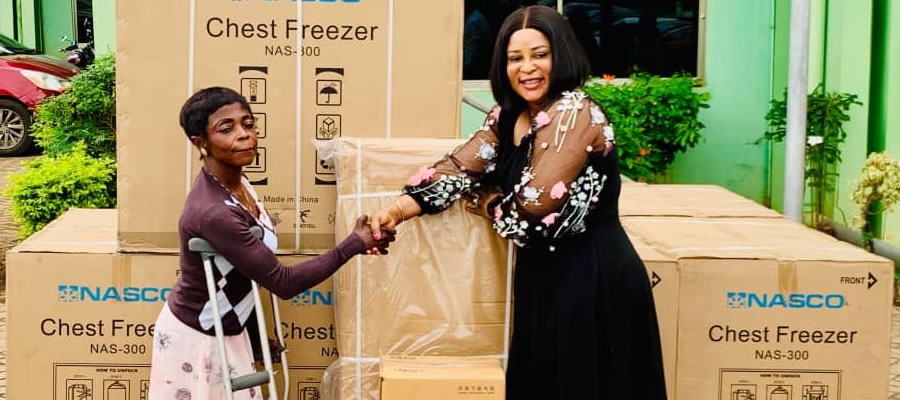
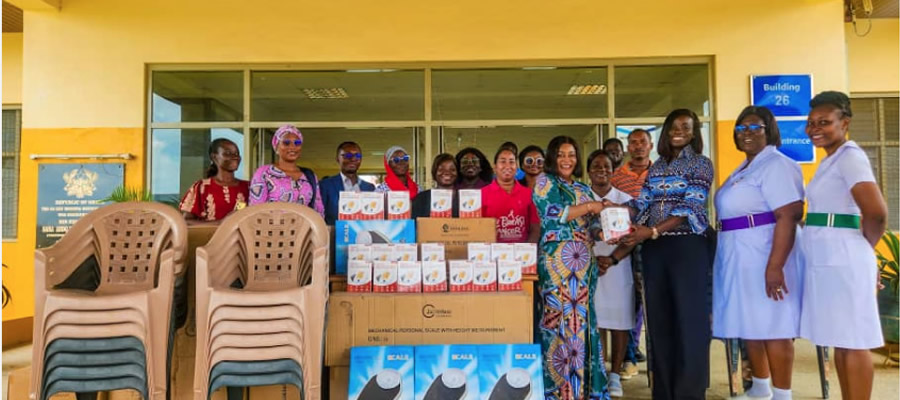
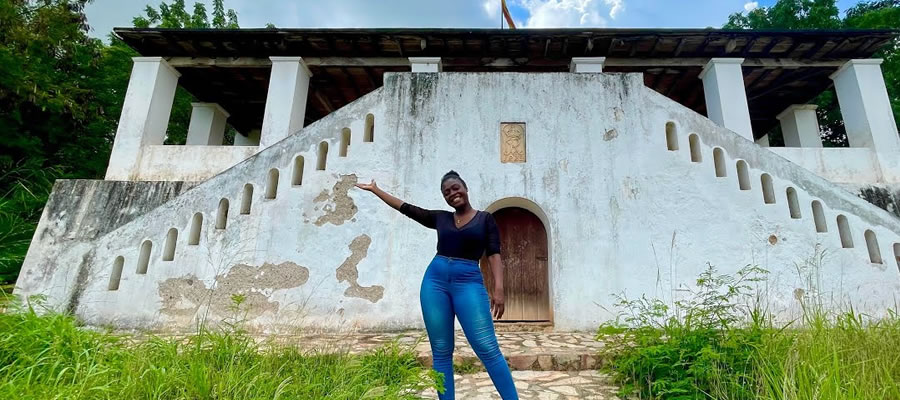

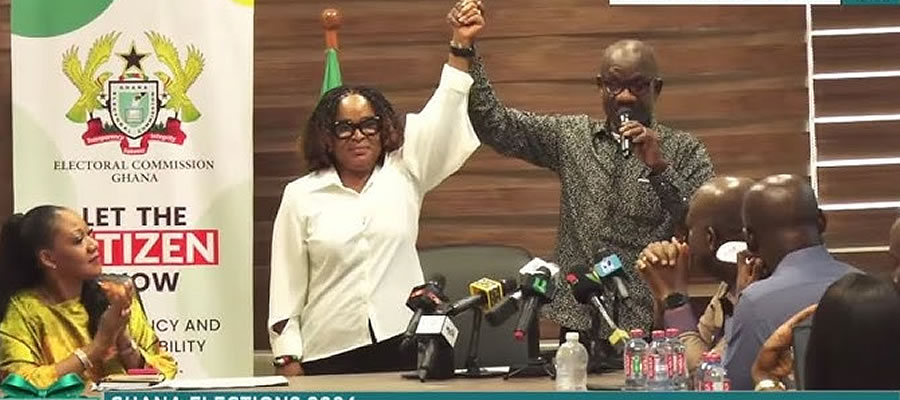
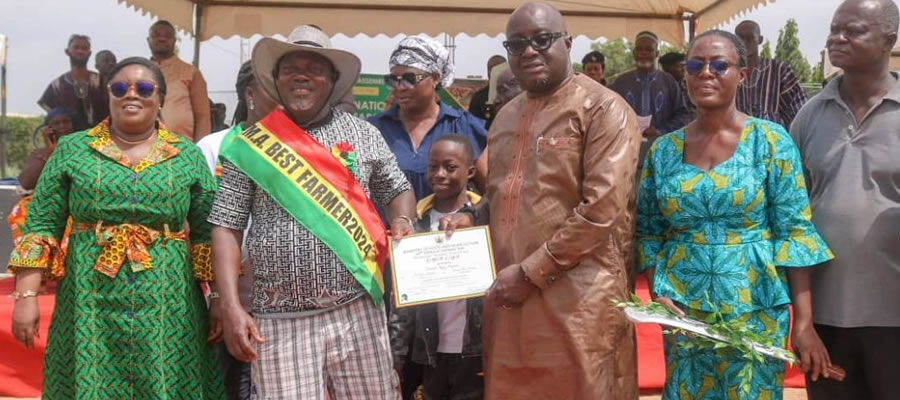




 facebook
facebook
 twitter
twitter
 Youtube
Youtube
 +233 593 831 280
+233 593 831 280 0800 430 430
0800 430 430 GPS: GE-231-4383
GPS: GE-231-4383 info@ghanadistricts.com
info@ghanadistricts.com Box GP1044, Accra, Ghana
Box GP1044, Accra, Ghana